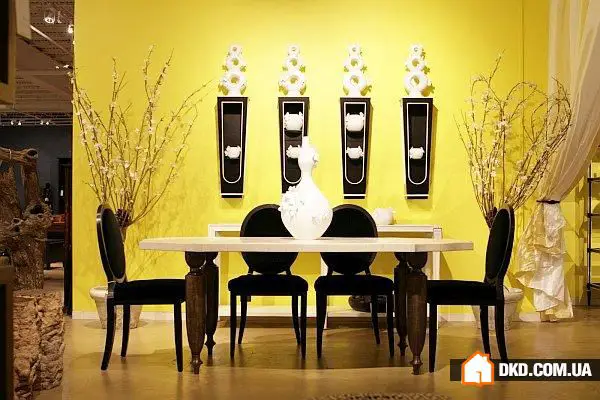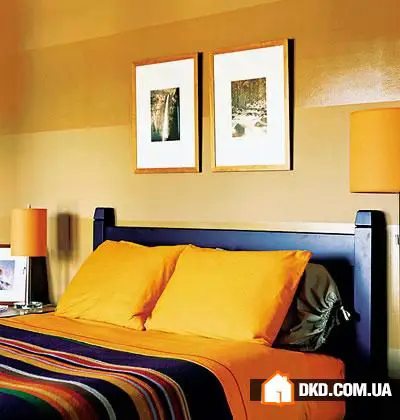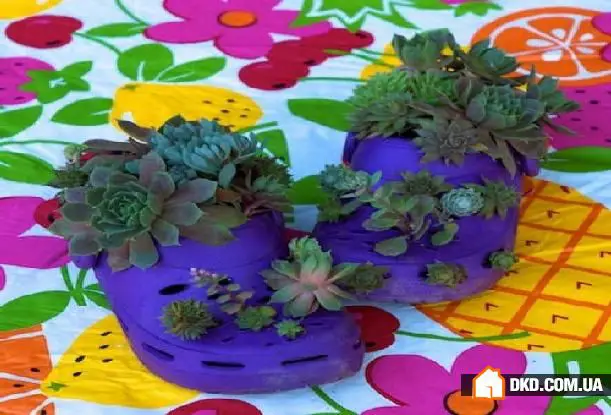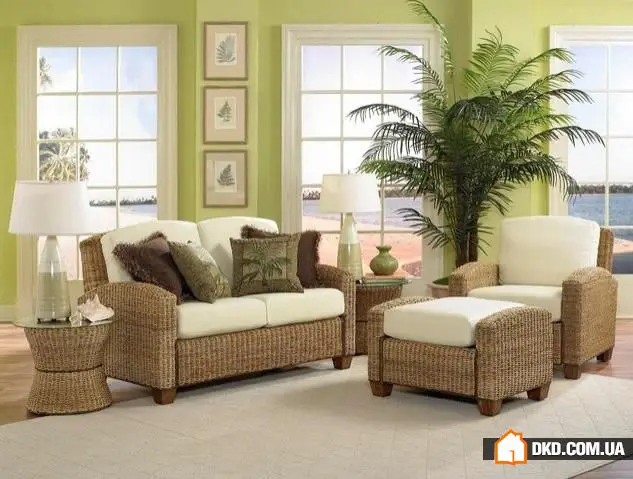There can be your advertisement
300x150
Living Room Ceiling and Wall Design
Ceiling design in the hallway. Ceiling design in the living room should be based on the type of space. For example, for small hallways, it is rational to cover the ceiling with mirror panels or paint in light tones: this way, the room can visually appear not only more spacious but also brighter.
Ceiling Design in the Hallway
Ceiling design in the living room should be based on the type of space. For example, for small hallways, it is rational to cover the ceiling with mirror panels or paint in light tones: this way, the room can visually appear not only more spacious but also brighter. If wall height allows, a suspended ceiling with complex lighting can be organized.
By the way, the design of stretch ceilings is half about planning the placement of lighting and its role in the room's decor. Light, by the way, can sometimes achieve more than decoration.
It is not recommended to make ceilings dark: not only does the room visually appear smaller, but there is also a feeling of heaviness on the surface and constant pressure from color.
Guests do not always pay attention to ceiling finishing. The first thing that catches the keen eye is wall finishing and hallway floor design.
Wall Design in the Hallway
- There are several types of coverings: basic and decorative. Basic finishing materials for hallway walls can be paintable wallpapers, plastering or wall painting. Decorative materials include photo wallpapers, decorative tiles or panels. These are often used to cover only certain parts of the wall.
- A hallway can be changed during renovation or with fresh ideas for an already established interior: hang photographs or paintings, replace light fixtures with new ones, decorate the well-preserved wall surface with vinyl stickers.
- Wall decor is perfectly complemented by suspended light fixtures, hooks for clothing, a key holder, all in the same style or color palette.
- Also, hallway walls can be decorated with:
- artistic painting (e.g., images of illusory volumes—windows, niches, doorways; often done with acrylic paints on primer without thorough surface preparation);
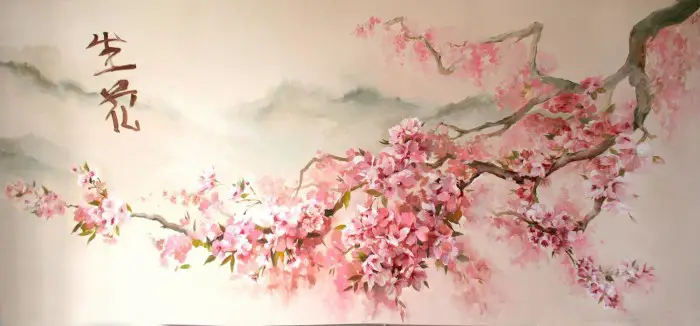
Photo 1 — Wall painting by professional artists Elena Lavrova and Nina Rybarik
- frescoes (tempera paint is applied to fresh, slightly damp plaster; wall panels in a hallway, if you often lean against the wall, will quickly wear off and stain clothes);
- graffiti or stencil painting (the advantage of such a design is durability and ease of application; the base for such decor can be finished plaster, concrete or special wallpapers);
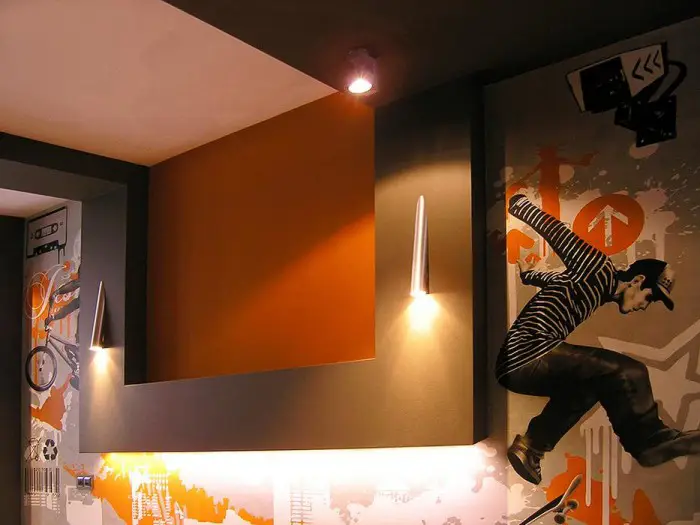
Photo 2 — Graffiti in hallway interior by Decor Studio KomandaArt
- photo wallpapers (a very popular way to finish walls, but not always a profitable choice, as each room, depending on its size, furniture and lighting, requires different patterns);
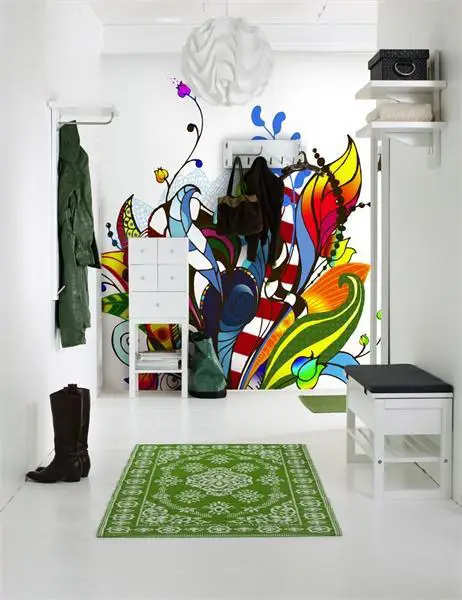
Photo 3 — Photo Wallpapers Bouquet by Mr Perswallє

Photo 4 — Photo Wallpapers in Hallway Interior by Eijffinger
- stucco (implies a classic interior style; traditionally, stucco is made from plaster, which today has almost completely replaced the more affordable and practical polyurethane).
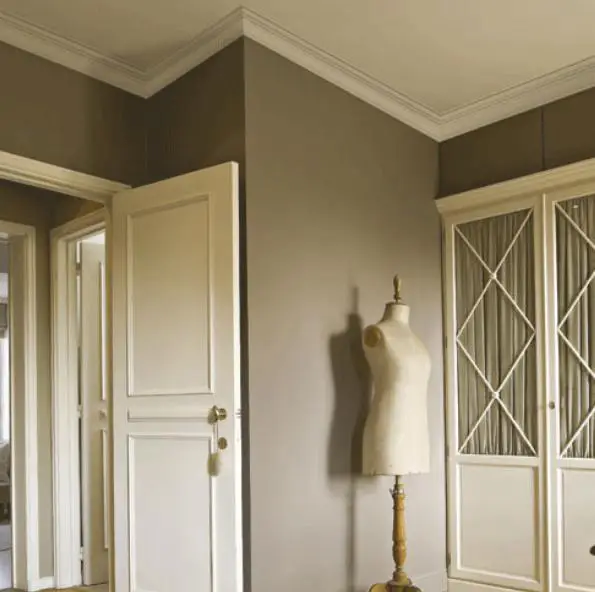
Photo 5 — Stucco in Hallway Interior by Orac Decor

Photo 6 — Wall Painting, Decorator Ilona Bokser
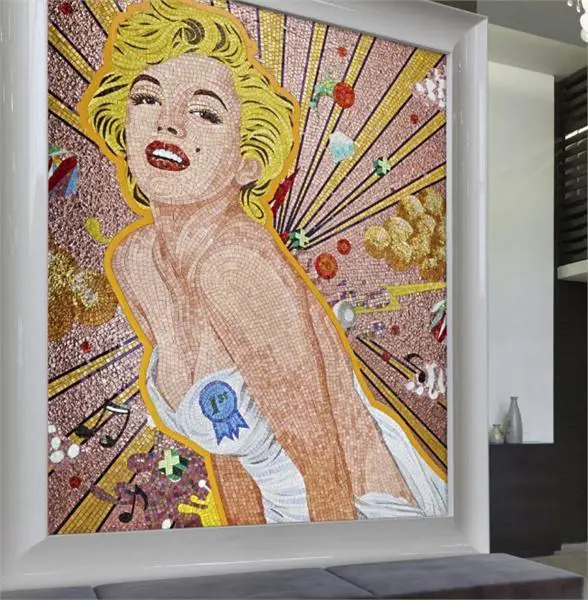
Photo 7 — Fresco of Marilyn Monroe by Sicis
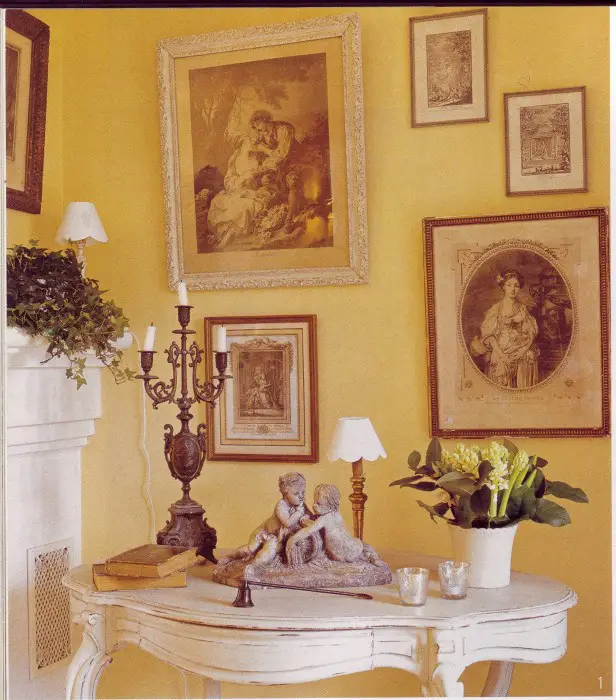
Photo 8 — Engravings as a Way to Decorate Hallway Walls
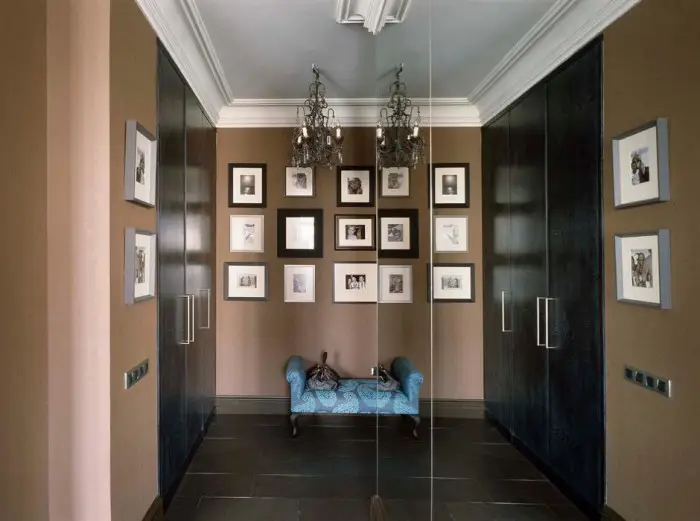
Photo 9 — Photos in Hallway Interior, Project by Architectural Bureau Instudio




